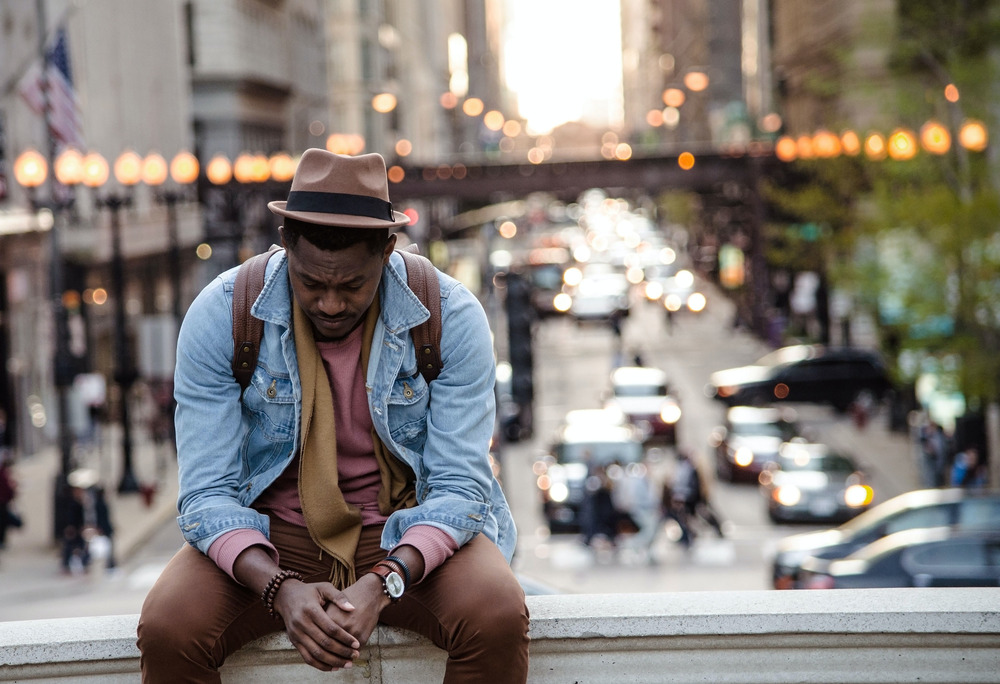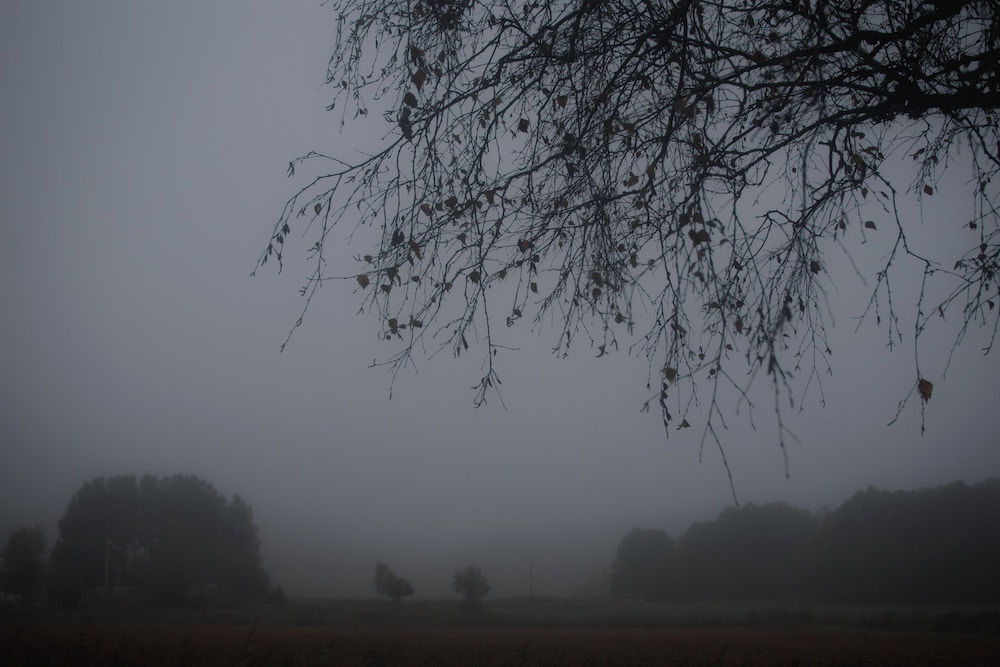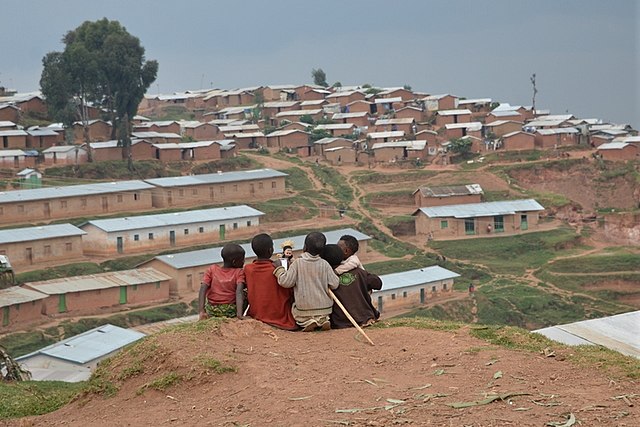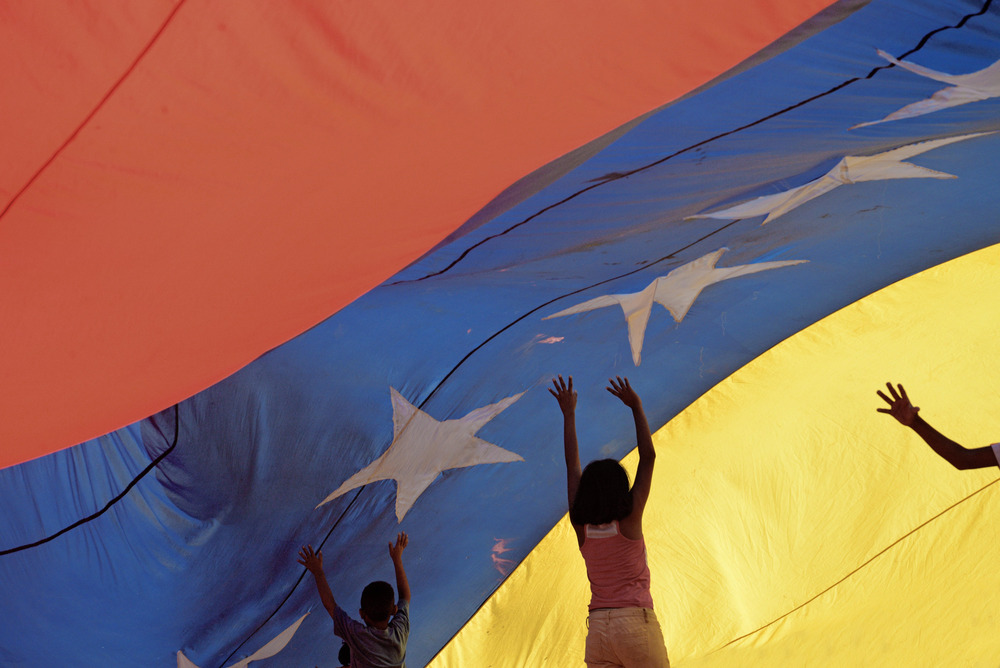Books & Culture
I’m Still Unlearning Widespread Pathologies About My Race
Cause and effect are at the heart of the struggles of Black communities in America

Back in the ‘80s, crack was a boogeyman come to life. It played on the minds of neighborhood kids like bible stories, seeming to make real the supernatural myths of demonic possession from Sunday School. It could animate the body with strange ticking motions, or deplete users into life-sapped stupors. It obliterated one’s sense of hygiene, which we all worked to perfect during our morning ablutions, infesting one’s clothes with stains and holes and funk, one’s body with dirt and sweat and ash. It infiltrated our classrooms, the D.A.R.E. officer sent to camouflage the government’s divestment from our schools and communities in his foreboding tone, toting his case of samples meant to signal the impending choice we’d soon be forced to make; it invaded our after-school TV programs, your brain frying in a cast-iron skillet. Perhaps users weren’t deserving of our prepubescent ire–the glee from that schoolyard taunt, “Your mama’s on crack rock,” born mostly of our fear. But the effect of that fear lingered, even after the boogeyman had gone, leaving a haunting in its wake.
You can hear it in the music. The Migos were still rapping about whipping up product well into the 2010s, long after the specter of the drug had dissipated from most Black neighborhoods. Throughout my life, the predominant soundtrack of my community, hip hop, has grown to seem both synonymous with the trade and ambivalent about its legacy, lionizing the production and sale of crack cocaine, and at times more demurely criticizing the federal government for its role in exacerbating the drugs’ deleterious effects. Before the crack scare, Black life seemed like a triumphal arc toward progress, communal uplift. “I came up on the we-shall-overcome tradition of noble struggle, soul and gospel music, positive images, and the conventional wisdom that civil rights would translate into racial salvation,” Nelson George wrote in the Village Voice in 1992. As the neighborhood tales I received as a child went, Black people in the ’80s had allowed themselves to be swept up by an insatiable appetite for pleasure and profit, or fallen victim to an innate tendency toward indigence, that only metastasized in the ’90s. In that same 1992 essay, George continued by writing, “Today I live in a time of goin’-for-mine materialism, secular beat consciousness, and a more diverse, fragmented, even postmodern Black community. The change was subtle, yet inexorable.” For this shift in communal identity, from honorable striving to equivocal profiteering, I nurtured a festering antipathy for many of the era’s relics–kingpins, OGs, street culture, ghettocentricity.
Near the end of his new book When Crack was King, Donovan Ramsey issues a challenge to inhabitants of the same communities once ravaged by the War on Drugs. He says, “…it’s past time that we reconcile the crack epidemic with the rest of Black history and identity. We must take its measure, make meaning of it, and incorporate that meaning into the greater story of who we are.” Critiques of America’s response to the crack crisis extend at least back to the 90s, in titles like 1994’s Cracked Coverage by Jimmie Reeves and Richard Campbell, 1997’s Smoke and Mirrors: The War on Drugs and the Politics of Failure by Dan Baum, Crack in America by Craig Reinarman and Harry Levine, 2010’s The New Jim Crow by Michelle Alexander, and Donna Murch’s 2022 Assata Taught Me. But those insights took some time to reach me, a native son of a working class Black neighborhood, born in 1984. Only recently has the volume of this discourse on the legacy of the crack era grown loud enough to counter the impressions left on me, ideas about pathological Black tendencies that warped some part of my cultural self identity.
I nurtured a festering antipathy for many of the era’s relics–kingpins, OGs, street culture, ghettocentricity.
I’ve long puzzled over what made the ‘80s and ‘90s so difficult to forget. Perhaps it was the music. I’d long resented the shape hip hop had given Black manhood, the weight of hypermasculinity America had forced Black men to shoulder. That silhouette had grown out of the gangsta rap years of the ’90s, an image and idea I as a gay Black man had felt excluded and menaced by throughout my teens and 20s. The Black masculinity I’d confronted and avoided most of my life grew out of that time. If there was something to diagnose about the burden of Blackness I’d inherited, it originated there.
But digging through the literature on America’s War on Drugs revealed a different boogeyman than the one I’d once feared. Whatever cynicism I carried for Black community was the residue of indoctrination taken in during those years, accepting the premise from a targeted and directed campaign of propaganda that a flagging sense of personal responsibility had engendered the drug firmament that had characterized Black life since my childhood. “The war on drugs…succeeded in defining social problems grounded on global transformations in late capitalism (deindustrialization, job migration, the vanishing ‘family wage’ of a vanishing manufacturing economy, the flexible exploitation of fragmented labor markets in a burgeoning service economy, the rise of transnational corporations, etc.) as individual moral problems that could be resolved by way of voluntary therapeutic treatment, compulsory drug testing, mandatory prison sentences, even the penalty of death,” Jimmie Reeves and Richard Campbell write in Cracked Coverage. Having come of age in a culture that valorized the meritorious industry of the individual, I’d been instructed by that same society to see drug abuse and the sale of narcotics as reprehensible self-abuse or the exploitation of that instinct for self-harm, both inborn features of Blackness, never looking to the larger scaffolding that all but predetermined the fates of would-be users and dealers alike.
Though thinking like Reeves and Campbell’s has been around since the early ’90s, it’s taken some time to reach its current decibel, loud enough to possibly determine the historical discourse around this moment in the history of Black America. “In terms of repression and resistance, it takes people and communities time to understand what is happening to them. Take the example of the modern civil rights movement: what became visible as the national civil rights movement emerged in the mid-1950s with Brown v. Board of Education. But the institutions and infrastructure for fighting that battle went back at least to the 1930s. Some would take it back to Reconstruction. There’s a similar dynamic going on with the carceral state,” historian Donna Murch told the Nation in 2022. “The way that we understand it now is very different. The level of criminalization and sensationalization and the definition of “monsters”—the language of ‘crack babies’ and ‘gang members’—were at the center of the spectacle of punishment, so much so that they occluded the enormous violence of the state. It takes time for people to figure out how to mount resistance to something that, at the time, they may not even recognize is happening. It’s very similar in the opioid crisis. Initially, these crises are understood as individual experiences, but to define them as a collective experience with culpable parties takes time.” As historians continue to work through the detritus of what until recently felt too close at hand to be deemed history, the War on Drugs has begun to feel like a third rail in the history of the struggle for racial justice in America, tantamount with Slavery and Jim Crow.
The writer Meng Jin recently wrote, “It is unnerving to know you are living in history. In the past decade, as words I’d first encountered in books erupted into my daily lexicon…then settled, with alarming speed, into the static of how things are, I have often felt dizzy and uncertain of how to live.” This sentiment comes close to describing how I felt in late summer of 2014. My fixation on the late ‘80s-early ‘90s had intensified, as if my mind were working to quell the feeling I had of being “hurled into the scary future.”
The War on Drugs has begun to feel like a third rail in the history of the struggle for racial justice.
By the time Michael Brown was killed in August 2014 in Ferguson, MO, I’d lived in Brooklyn for seven years. I was approaching my 30th birthday, passing the point where my Black maleness might have been viewed as threatening, though I’m not sure it ever was. Word of Eric Garner’s death had recently filtered through the news, so perhaps I was just blissfully naive on the point of Black masculinity ever becoming innocuous. Still, ascending from young Black manhood into Black manhood felt somewhat valedictory. Therefore, I remember finding it hard to empathize with the young brother, to summon what felt like the humane response, anger, toward overzealous policing throughout the country.
I remember my first thought upon reading about Brown’s death being, “Well, he must’ve done something.” In that sort of Damn, what we done done now sort of way, that became a reflex for Black people watching the nightly news during my boyhood, whenever news of a shooting was relayed.
I also remember knowing how wrong that response was—that it didn’t align with who I’d been raised to be politically. Still, the inertia I experienced between the poles of those two thoughts meant that I mostly received the news sedately.
I’d grown comfortable criminalizing Blackness, maintaining my distance from the associations I myself made between Blackness and criminality. According to Jimmie Reeves and Richard Campbell, the government had worked to “convert the war on drugs into a political spectacle that depicted social problems grounded on economic transformations as individual moral or behavioral problems that could be remedied by simply embracing family values, modifying bad habits, policing mean streets, and incarcerating the fiendish ‘enemies within.’” Even with my vague perspective decrying racial injustice, I still made the facile associations between the appearance of Black men and their propensity for criminal behavior. I’d begun to do the work myself, of consigning the “enemies within” to their rightful places, prison or death.
I even remember waving off a colleague’s copy of Michelle Alexander’s The New Jim Crow around then. The book reminded me of something my father would have recommended (sure enough it was selected for discussion at my family’s biannual family reunion). I remember thinking I’d reached a point of racial justice fatigue. I’d grown cynical with calls for the need for oversight or reform, let alone abolition. Political activism felt fatiguing to me. Direct action required too much organization and negotiating with other people, and by then I’d settled into a comfortable identity as a thinker and writer. Any agitation from me would come from comfortably behind a desk or between the stacks of a library.
“Even now, many of the worst myths of the crack era continue to distort the image of Black communities,” Donovan Ramsey has said. Ramsey’s recent book, along with the work of the aforementioned scholars, has helped me begin the process of remaking the meaning of this period in Black America and incorporating it into the narrative of my life and that of the community I come from. I’ve begun reinterrogating the stubborn struggles of Black communities, re-learning how they aren’t self-inflicted, or part of a persistent pathology, but have a perceptible chain of cause and effect, with culpability often lying with the erosion of necessary social service programs, spurred by the classic American value of individualism that casts these services as undeserved or unnecessary handouts.
I also remember knowing how wrong that response was—that it didn’t align with who I’d been raised to be politically.
But Ramsey takes us beyond the established veneration our culture lends drug kingpins, instead choosing to focus on more pedestrian dealers like Shawn McCray. Of Shawn, Ramsey writes, “Shawn, like many guys who sold drugs during that period, did so to afford a basic middle-class life, not to get rich. Hustling filled the gap between the low-income lifestyle they were born into and the one they believed they deserved.” Having carried a lot of animosity for drug dealers and their outsized impact on Black male identity, this keyhole opened a new means of insight into the motivations of a Black teenager in the community at the time.
Some of those young men from my own neighborhood are now old men. They’re fathers, OGs, old heads. And you discover that they surprise you, with their capacity to look you in the eye and smile, and love you beyond the exteriors they projected to the world decades ago. They’re lighter, some of them unburdened by fate—my late cousin Pago, who stayed with us in Little Rock for a few years, up from Texarkana, and Zeke, who didn’t make it past 14, and Terry Carroll, locked up on murder charges for 28 years and counting. Others by time—Jermaine and Courtney, and Rodney and Peemee and Jason from the Southend, and Arthur from Harlem—lightened of the pressure of wondering if they’ll survive the day, and whether or not there’ll be anything to bequeath you. Their presence is enough, better than the jewels or clothes or chains they used to believe the measure of their worth.
“What hasn’t yet happened…for most of contemporary African-America, is the emergence of voices that convey the relationship between, say, a homestanding Grandma Forbes and [her] drug dealing grandson Buddy…” Nelson George wrote of Compton, and of Black America in general, in the Village Voice in 1990. Perhaps we’ve begun fashioning those voices afterall, able to make sense of both their lives and legacies on the communities we all share.








